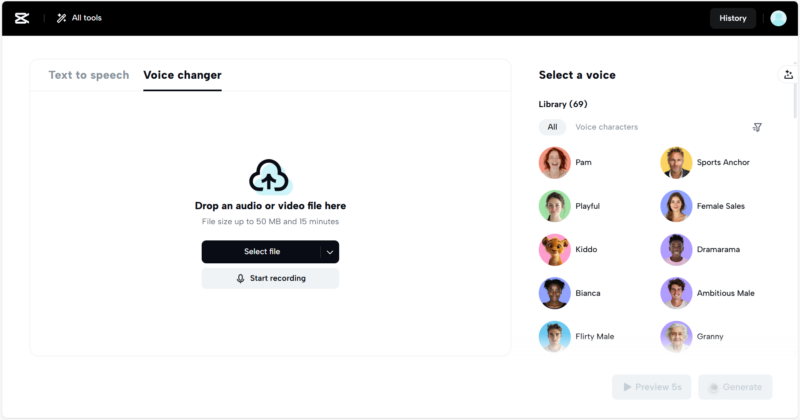
1. Prioritize Items Based on Sentiment and Usage
It’s crucial to address downsizing with consideration when it presents a challenge. Prioritize your possessions first based on their emotive value and usage frequency. Gifts from loved ones or family heirlooms should be carefully packaged and preserved because they hold a great deal of sentimental worth. On the other hand, it might be time to get rid of anything if you haven’t used it in over a year. Consider selling, donating, or gifting things in your life that are no longer helpful to you.
2. Embrace the One-Year Rule
The one-year rule is a valuable downsizing strategy. It involves evaluating your possessions and asking yourself if you have used or worn them within the past year. Everything from apparel and kitchenware to books and technology can be subject to this law. An object may not be necessary to your everyday life if it has been sitting unused for a year. You may drastically limit the number of things you need to pack and move by following this tip.
3. Digitize Memories
Photographs, letters, and other sentimental documents can take up considerable space. Instead of lugging around boxes of physical copies, consider digitizing these memories. Save old photos that have been scanned to a hard disc or the cloud.

This not only frees up storage space but also guarantees the long-term preservation of priceless memories. To avoid any possible loss, make sure to backup your digital assets.
4. Opt for Multi-Functional Furniture
When downsizing, it’s important to make the most of the space you have. Multi-functional furniture pieces are a fantastic solution. Invest in a sofa bed for guests, a dining table with storage compartments, or a coffee table that doubles as a desk. These versatile pieces help maximize your living area while reducing the need for excess furniture.
5. Curb Your Clothing Collection
Clothing can be a major source of clutter, especially when moving. Take the time to declutter your wardrobe by following the “one in, one out” rule. For every new piece of clothing you acquire, donate or sell an old one. Additionally, consider the seasonal relevance of your clothing. If you’re moving from a cold climate to a warmer one (or vice versa), it may be time to part with items that are no longer suitable for your new environment.
6. Kitchen Essentials Only
The kitchen is another area where downsizing can yield significant benefits. Assess your cooking and dining habits to determine which kitchen items are essential. Keep versatile cookware, utensils, and appliances (slow juicer machines, toasters, electric kettles) that you use regularly. If you have specialty items that are rarely used, consider whether they can be replaced with more versatile alternatives. Remember, you can always explore local dining options if you find yourself in need of a specific kitchen tool on rare occasions.
7. Dispose of Duplicates
Duplicates frequently amass over time, particularly in locations like the workplace, bathroom, and kitchen. Use the chance to declutter by getting rid of duplicate goods as you get ready to move. You likely don’t need three blenders or multiple sets of identical office supplies. Keep one of each essential item and donate or sell the rest.
8. Papers and Magazines
While we’re focusing on more than just organizing documents, it’s worth mentioning that paper clutter can quickly accumulate. Sort through your paperwork and decide what needs to be kept for legal or sentimental reasons.

For documents you want to retain, consider scanning and digitizing them to save space. As for magazines and newspapers, recycle or donate them, as they can contribute to unnecessary bulk during your move.
9. Art and Decor
Artwork and decorative items can add a personal touch to your living space, but they can also take up a considerable amount of room during a move. Prioritize your favorite pieces and those that hold special meaning. Consider donating or gifting other items to friends or family who might appreciate them. Remember, you can always find new ways to adorn your new home once you’ve settled in.
10. Utilize Self-Storage
If you find yourself struggling to part with certain items but still want to streamline your move, self-storage can be a helpful solution. Renting a storage unit allows you to keep non-essential items safe and secure, giving you more time to decide your fate without the pressure of an imminent move. Be sure to label your storage boxes clearly so you can access specific items if needed.



